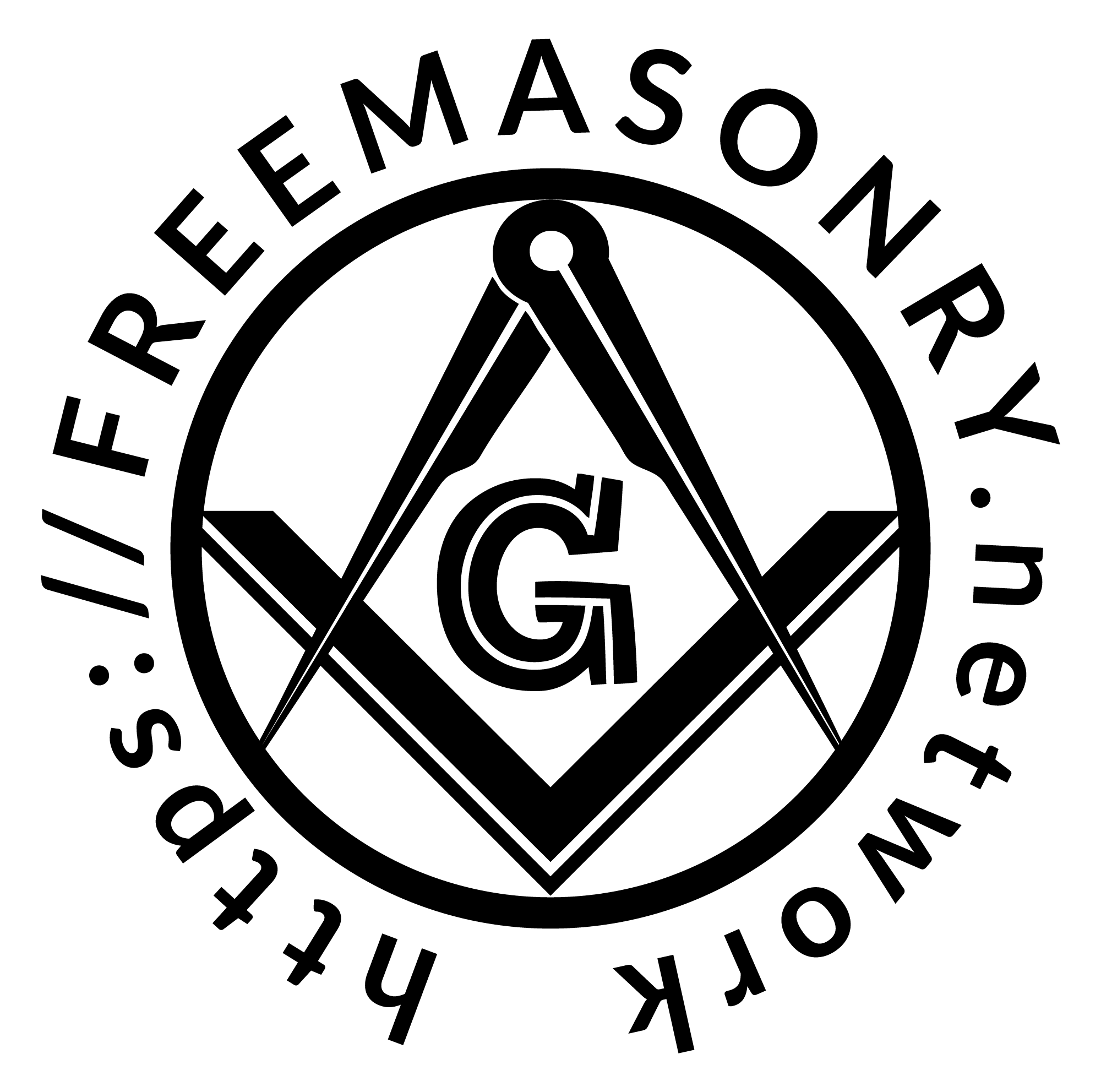On May 31, 1911, 110 years after the founding of the Supreme Council, Grand Commander James D. Richardson broke ground on the spot where the House of the Temple now stands in Washington, D.C. Grand Master J. Claude Keiper, of the Grand Lodge of the District of Columbia, laid the cornerstone in the northeast corner on October 18, 1911
The temple was designed by architect John Russell Pope, who modeled it after the tomb of Mausolus at Halicarnassus, one of the Seven Wonders of the Ancient World. The building was dedicated four years later on October 18, 1915.
The building’s design was widely praised by contemporary architects, and it won Pope the Gold Medal of the Architectural League of New York in 1917. In his 1920 book L’Architecture aux Etatis-Unis, French architect Jacques Gréber described it as “a monument of remarkable sumptuousness … the ensemble is an admirable study of antique architecture stamped with a powerful dignity.” Fiske Kimball‘s 1928 book American Architecture describes it as “an example of the triumph of classical form in America”. In the 1920s, a panel of architects named it “one of the three best public buildings” in the United States, along with the Nebraska State Capitol and the Pan American Union Building in Washington, D.C. In 1932, it was ranked as one of the ten top buildings in the country in a poll of federal government architects.
From 1990 to 2011, the temple hosted a community garden on its grounds. The Temple Garden occupied about 0.25-acre (1,000 m2), divided into about 70 small plots worked by nearby residents. In fall 2011, the Temple closed the garden in order to use the space to stage construction equipment for a rehabilitation project.
(the source/read more: Wikipedia)














